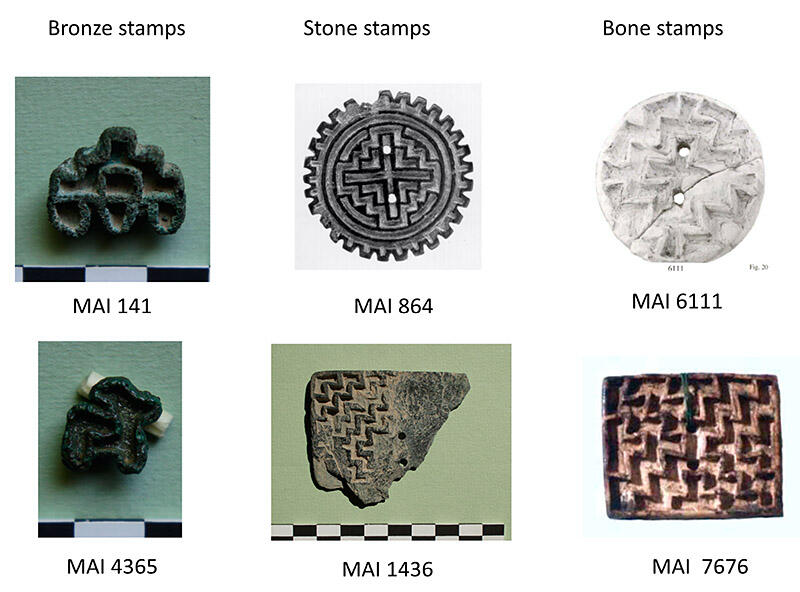Although not directly concerned with the ancient Indus civilization, this eye-opening article challenges many assumptions one might have about ancient societies being ruled or dominated by men. Marta Ameri, who has studied ancient Indus seals in depth and edited the recent superb book Seals and Sealing in the Ancient World, examines the fascinating evidence at Shahr-i Sokhta. On the Iranian plateau, and part of the so-called Helmand civilization that flourished between 3000-2000 BCE, it enjoyed many connections to ancient Indus cities and motifs. Ameri's article focusses on seals, included with burials that can be identified with men or women, and finds that not only were women often buried together with seals, there were distinct types of seals they were associated with. Indeed, in excavated tombs, women were more often buried with seals than men. "There also appears to be a correlation between the presence of spindle whorls in tombs and female seal ownership," writes the author; there is even a seal associated with a child's burial (p. 7).
Although the sample size is small, "the careful analysis of the distribution of seals in the graves of Shahr-i Sokhta, then, allows us to posit that bone seals belonged exclusively to women, while copper/bronze seals belonged primarily to men. In addition, we can further hypothesise that stamp seals with stepped motifs, linear designs, and concentric circle motifs belonged primarily to women. Men, on the other hand, can be associated with rosette/corolla motifs on stamp seals and possibly with lozenge motifs in cylinder seals. Seals with figural, geometric, and cross designs likely belonged to both men and women" (p. 10-11).
Ameri uses this evidence to delve deeper into context, and consider how these seals were used to perform administrative and social functions. "The detailed analysis of sealings from a number of distinct contexts discussed below supports the conclusion that the administrative role of women at Shahr-i Sokhta may have spanned multiple levels of the local economy and was not limited to the food preparation and storage activities generally ascribed to them" (p. 13). Given that craft activities seem to have largely taken place in ancient times within or near household compounds, this greatly extends what we typically assume the economic role of women was in a place like Sharh-i Sokhta. A common recreation of a man sealing a storage room at the site is shown to be highly flawed, and she extends her discussion to similar indications from other Central Asian and Balochi sites.
A fascinating analysis that helps upturn many ingrained and obsolete assumptions about how ancient societies functioned and the role played by women in them.
Image: Types of seals found in Periods II and III (photos courtesy IsMEO Italian Archaeological Mission in Iran).
- Log in to post comments

